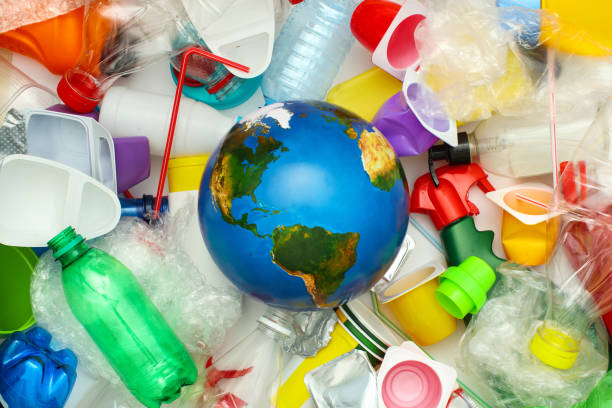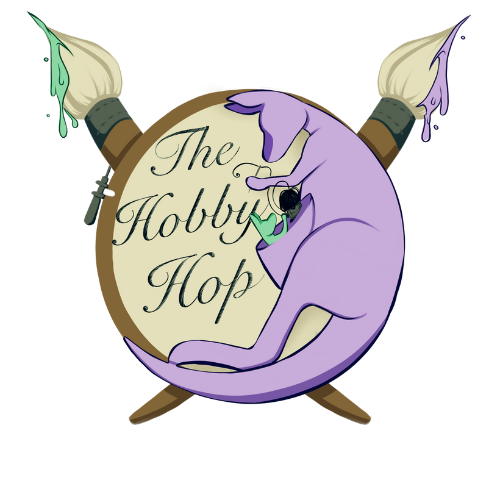We’ve all been there; you go to the craft supply store to get supplies for a new hobby. Many dollars and a few hours later, you are at your table, unpacking your materials. As your space is starting to look set up, a pile of thin plastic films and cardboard have accumulated in the corner of your desk, or perhaps your wastebasket. Perhaps you are using textiles or scrapbooking paper, and after each product is used a pile of trimmings and discard and leftovers are added to the bin. Perhaps, eventually, as that new craft excitement ebbs somewhat or a new craft sparks your creativity, you find yourself with piles of partially used paper, or stacks of larger fabric scraps (as the daughter of a seamstress, these piles are a formative part of my life!). Perhaps you can sell your stash to someone else, perhaps you donate some. But so often even the leftovers get tossed at the end of the day.
Consumer waste is essentially the trash created as a result of using a product. I was first made aware of it by a YouTube content creator called Kimberly Clark who used to do makeup “antihauls” and educated her audience about consumption for the sake of itself and the harm it does to the environment and to industries. I won’t go too deep in this setting, but it has made me aware of how much packaging, pollution, and leftovers are often involved in the manufacture and consumer experience of new items. Personally, in my every day life, I try to buy as much as I can second hand to reduce my own contribution to the production of consumer waste, and it has the added bonus of saving me money or allowing me to afford a nicer version of whatever I am shopping for.
In the spirit of Earth Day and the Hobby Hop’s own Earth themed box this month, I wanted to share my passion for finding ways to simply reduce consumer waste with just a few small changes that often save money as well. The Hobby Hop Box was inspired in its creation in part to discourage the high expense and high waste practice of going all-in on a new hobby that so often will not last forever, but will take up a lot of space with its good intention. We offer a way to sample, taste-test several types of crafts each month to discover new forms you hadn’t considered before, or perhaps were too intimidated to start, or couldn’t justify the cost or space to get into it all-in without a trial run. Then, as a business that provides a high quality product, we strive to obtain as many of our materials as possible as surplus in new condition. This is a lot like overstock, and without getting too boring about it, helps to reduce production of new items wherever already made items can be found. We also often use leftover or surplus new condition scrapbook paper, burlap, fabrics, etc to package our crafts, which not only gives it a lovely crafted vibe, but also reduces our own contributions to consumer waste and may even at times provide additional useable materials to our customers!![]()
We are not attempting to change the entire trajectory of the craft industry with these efforts, but we have chosen to make waste reduction a core value of our company because it is a core value of our own hearts. This month’s box is extra special for me and I hope you love it and are even inspired by it!

Crafting and Consumer Waste: Reversing the Impact
09.04.2024
In the Box
